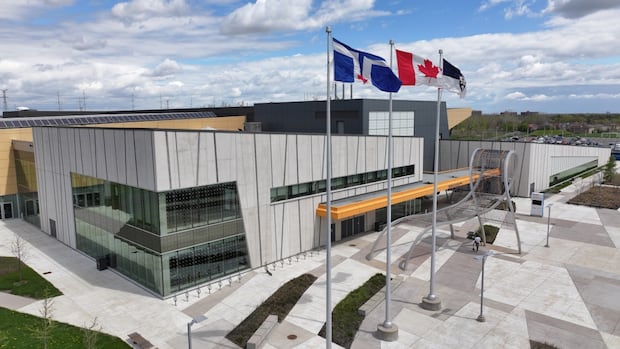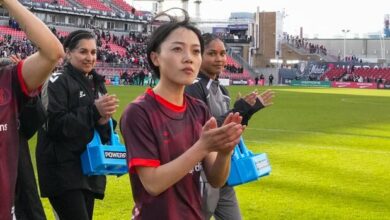What Toronto can learn from the 2015 Pan Am Games legacy ahead of next year’s World Cup

If done right, Toronto’s turn hosting the World Cup has the potential to create a community legacy for the city.
That’s according to one of the architects of the Pan Am Games, which the city hosted a decade ago.
“I’m certain in the moment, the World Cup will captivate Canadians and the world,” David Shoemaker, CEO of the Canadian Olympic Committee, told CBC Radio’s Metro Morning this week.
But, he said, it can also extend so much further. With the 2026 FIFA World Cup right around the corner, experts are using the 2015 Pan Am Games as a successful example of how Toronto can host big sporting events with a focus on long-lasting, community-building projects.
“When done right, when done with a vision … the impact of the World Cup could last for generations,” he said. “Look carefully at Toronto 2015.”
As Toronto counts down to host the 2026 FIFA World Cup, BMO Field is set to undergo renovations to transform the venue. CBC’s Greg Ross has details on what fans can expect.
The focus around FIFA next year has been on its price tag. According to a 2024 report, the tournament will cost the city of Toronto $380 million, substantially more than the initially projected costs in 2018 of $30 to $45 million.
However, Shoemaker says, “When you invest in sport, the return on the investment comes across in multiple ways,” and the Pan Am Games can serve as a “blueprint.”
Toronto’s Pan Am project included 10 new facilities, an air-rail link and a waterfront athletes’ village. But Shoemaker points to the Toronto Pan Am Sports Centre in Scarborough as a standout.
“It hosted everything and it’s left a lasting impression for the community around it,” he said, adding that everyone from young kids in city programs to high-performance athletes in training still use the facility.
Similarly, Shoemaker said the Mattamy National Cycling Centre velodrome in Milton has become a hub for more than just cycling.
“Its really a community centre,” he said. “Last time I was there they were playing pickleball.”
CBC’s Heather Hiscox gets a tour of Toronto’s newest neighbourhood, the Canary District
Then there’s the athletes’ village, which was constructed on previously flood-prone land and has become an entire neighbourhood of its own.
Ken Greenberg, an urban designer who took part in its creation, says the neighbourhood has continued to evolve since 2015.
At its inception, the complex, dubbed the Canary District, contained 810 condos and townhouses, some of which were set aside for affordable rentals. It also included an 18-acre park and retail space, growing from there.
“The park came first, but also great facilities like the YMCA, like George Brown College including student residences, [and] most recently … an Indigenous hub, the first of its kind in Canada,” Greenberg said.
Planning for multi-use spaces, social mix, affordability, connectivity, sustainability, “for legacy” — that’s what makes it a successful community all these years later, said Greenberg.
Currently, the World Cup’s legacy in Toronto is being cemented by a $146 million investment in Toronto’s BMO field. Also, its accepting donations for the Soccer For All Legacy Fund, which would include up to 12 soccer “mini-pitches” across the city, approved by council in March.






